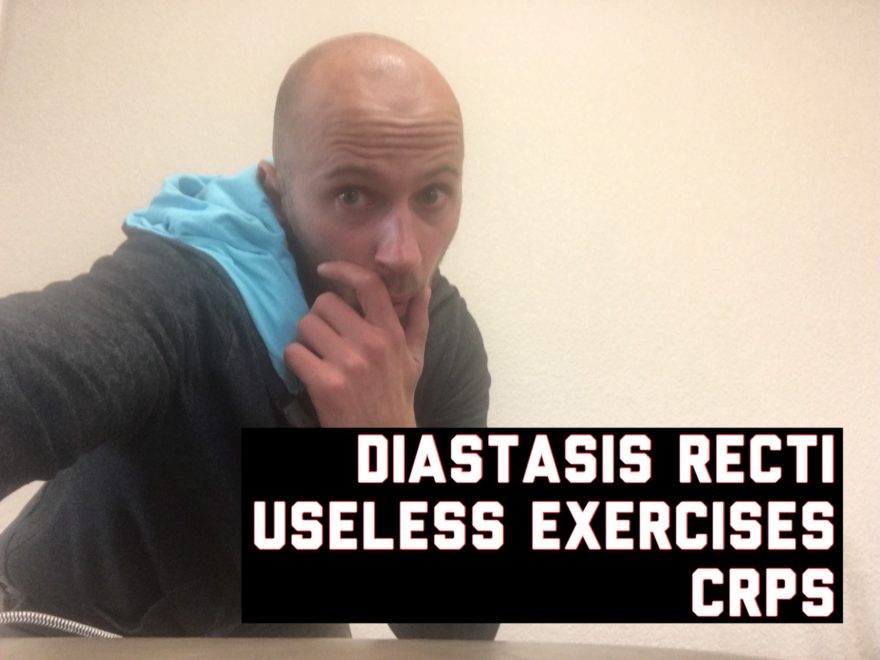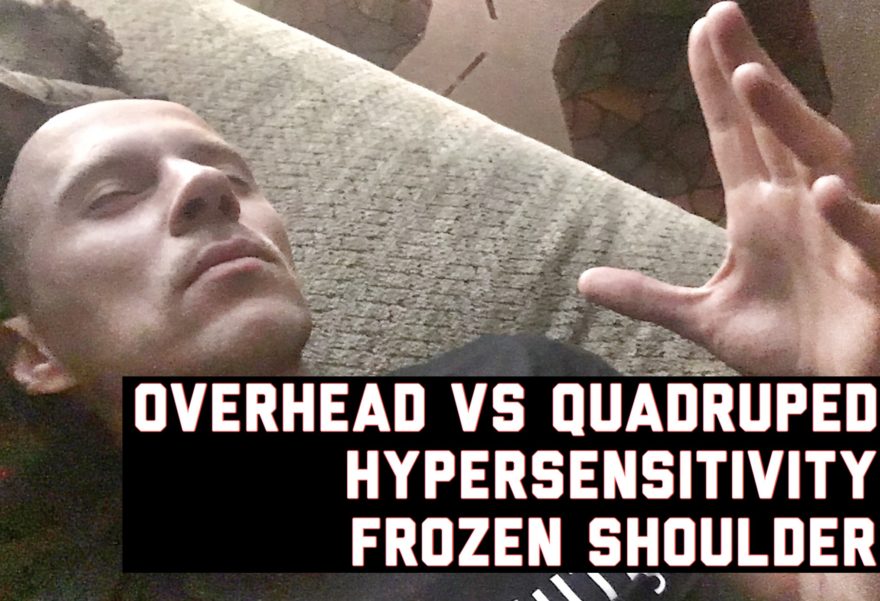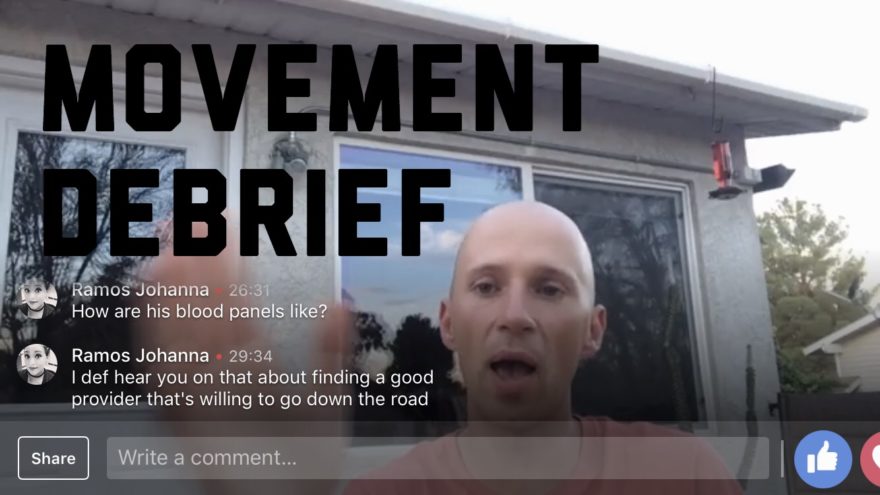Tag: sensory discrimination

Diastasis Recti, Useless Exercises, and CRPS – Movement Debrief Episode 45
Movement Debrief Episode 45 is in the books. Below is a copy of the video for your viewing pleasure, and…

Overhead vs Quadruped, Hypersensitivity, and Frozen Shoulder – Movement Debrief Episode 35
Movement Debrief Episode 35 is in the books. Here is a copy of the video and audio for your listening…
Manual Therapy Musings
When I think About You… Prompted by some mentee questions and blog comments, I wondered where manual therapy fits in…

